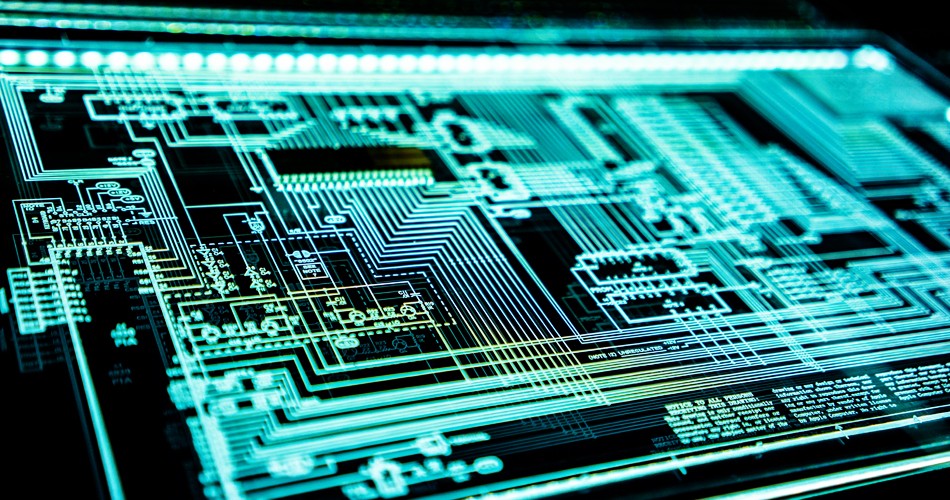- English
- Español
- Português
- русский
- Français
- 日本語
- Deutsch
- tiếng Việt
- Italiano
- Nederlands
- ภาษาไทย
- Polski
- 한국어
- Svenska
- magyar
- Malay
- বাংলা ভাষার
- Dansk
- Suomi
- हिन्दी
- Pilipino
- Türkçe
- Gaeilge
- العربية
- Indonesia
- Norsk
- تمل
- český
- ελληνικά
- український
- Javanese
- فارسی
- தமிழ்
- తెలుగు
- नेपाली
- Burmese
- български
- ລາວ
- Latine
- Қазақша
- Euskal
- Azərbaycan
- Slovenský jazyk
- Македонски
- Lietuvos
- Eesti Keel
- Română
- Slovenski
- मराठी
- Srpski језик
18 PCBA Electronic Engineers' Essential Software
2024-07-05
Electronic engineers need to use a variety of software to design, simulate, analyze, produce and manage PCBA projects. The following are 18 PCBA electronic engineers' commonly used software:
lv
1. PCB Design Software (PCB Layout Software):
Used to design and layout printed circuit boards, common software includes Altium Designer, Cadence Allegro, Mentor Graphics PADS, KiCad, etc.
2. Circuit Simulation Software (Circuit Simulation Software):
Used to simulate the performance and behavior of circuits, such as SPICE software (such as LTspice, PSPICE).
3. 3D PCB Design Software (3D PCB Design Software):
Allows engineers to design circuit boards in three-dimensional space, such as Altium Designer's 3D modeling function.
4. Schematic Design Software (Schematic Design Software):
Used to create circuit diagrams and schematics, such as OrCAD Capture, EAGLE, KiCad.
5. PCB Manufacturing Software:
Used to generate and manage manufacturing files, such as Gerber files and BOM (Bill of Materials), and perform CNC programming.
6. Auto-routing Tools:
Auto-routing tools can speed up the routing process of complex circuit boards, such as Altium Designer's auto-routing function.
7. 3D Thermal Analysis Software:
Used to analyze the temperature distribution and thermal performance on the circuit board, such as FloTHERM and ANSYS Icepak.
8. Electromagnetic Field Simulation Software:
Used to analyze the electromagnetic performance of radio frequency (RF) and microwave circuits, such as Ansoft HFSS and CST Microwave Studio.
9. Signal Integrity Analysis Software:
Used to evaluate the transmission and interference of high-speed signals on the circuit board, such as Hyperlynx and SIWave.
10. PCB Version Control Software:
Used to manage version control of circuit board design, such as Git, Subversion (SVN).
11. PCB Testing and Diagnostics Software:
Used to test the performance of circuit boards and diagnose problems, such as Boundary Scan software.
12. CAD Software (Computer-Aided Design Software):
Used to create 3D mechanical designs and collaborative designs of mechanical and electronic components, such as SolidWorks and Autodesk Inventor.
13. Project Management and Team Collaboration Software:
Used to track project progress and collaborate with team members, such as Trello, Jira, and Microsoft Project.
14. Simulation and Modeling Tools:
Used to create models of electronic components and perform system-level simulations, such as MATLAB and Simulink.
15. Data Analysis and Processing Tools:
Used to process experimental data and test results, such as Microsoft Excel, Python, and MATLAB.
16. Hardware Description Language (HDL) Development Environment:
Used for FPGA and ASIC design, such as VHDL, Verilog development environment (e.g. Xilinx Vivado).
17. PCB Assembly Engineering Software:
Used for optimizing and planning the PCBA assembly process, such as PCB Assembly Engineering Management Software.
18. 3D Printing and Rapid Prototyping Software:
Used for creating PCBA prototypes and mechanical enclosures, such as AutoCAD, SolidWorks.
These software tools play a key role in the work of electronic engineers, helping them complete tasks at all stages from conceptual design to manufacturing. Depending on the specific project requirements and workflow, engineers may choose different software combinations.
-
Delivery Service






-
Payment Options









